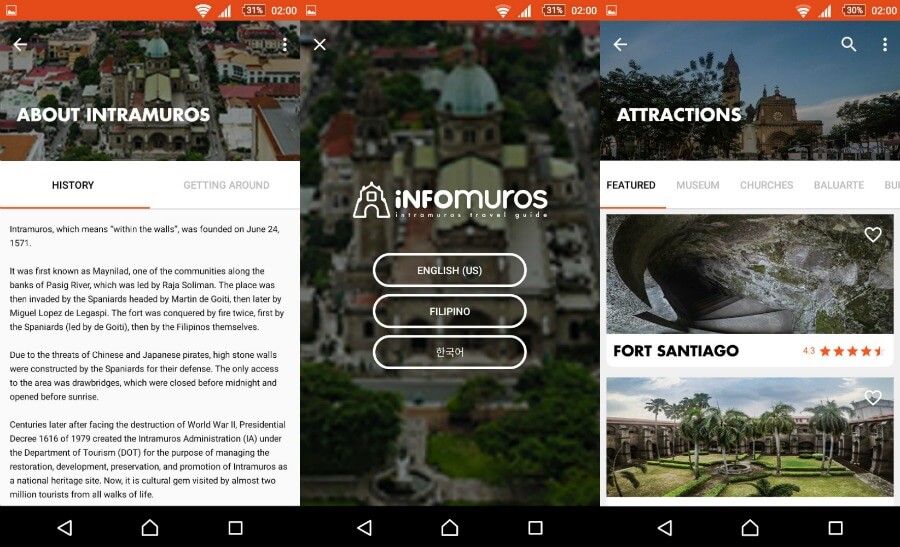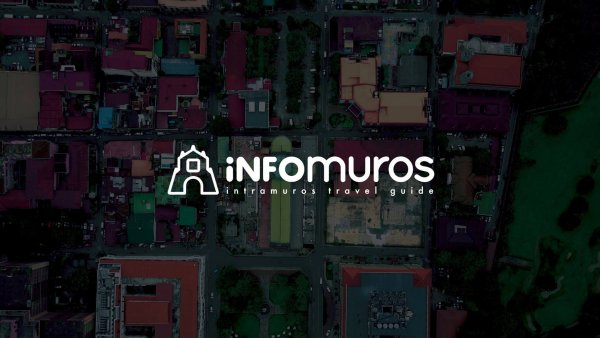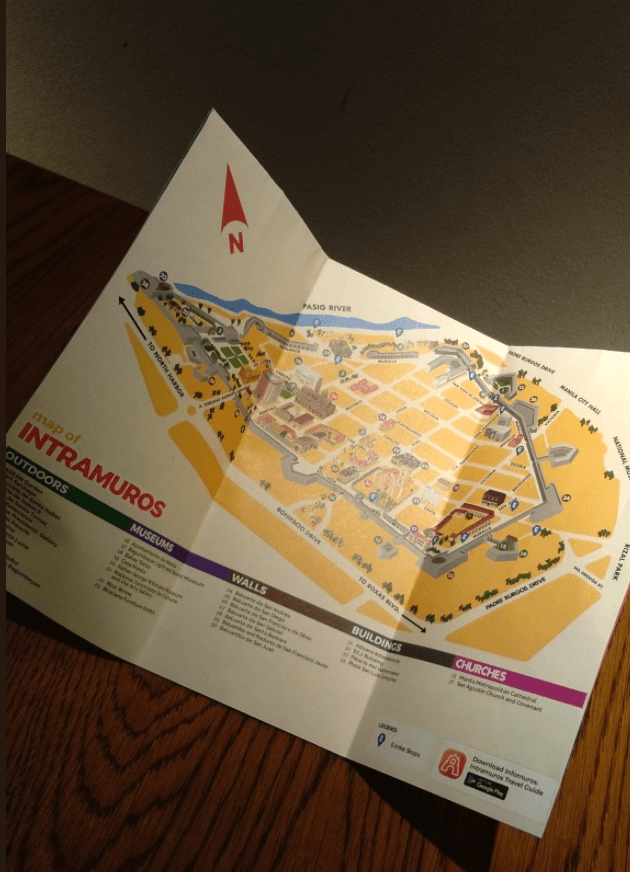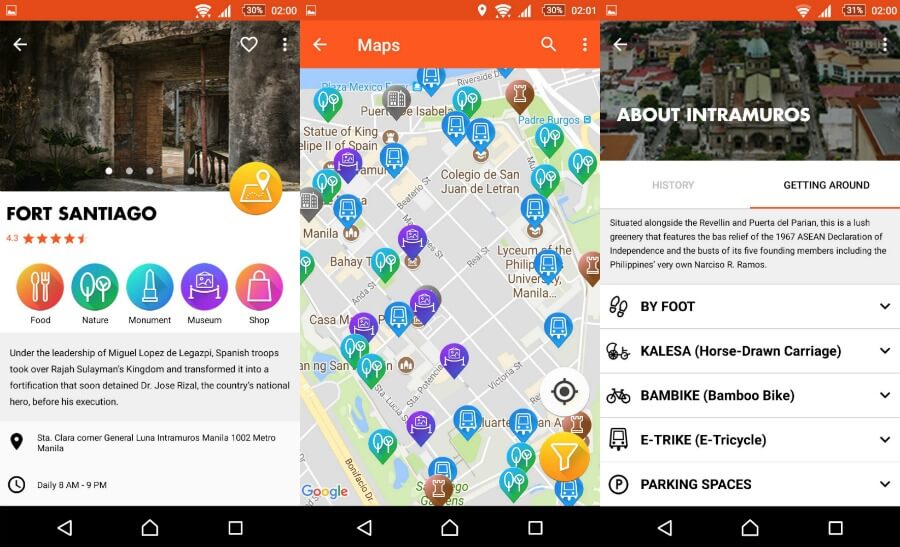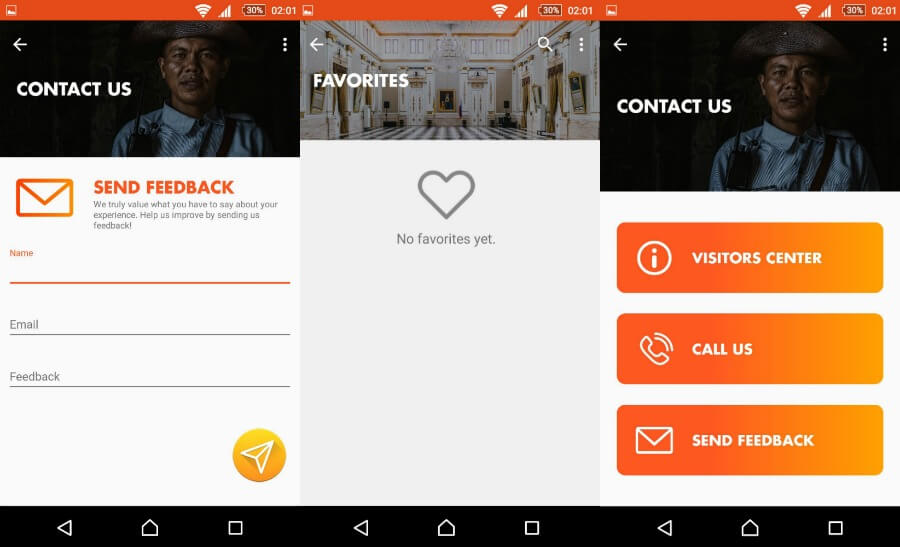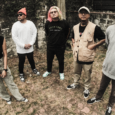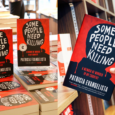History has many secrets to reveal when you choose to explore her. Tourists would flock to the widely visited places of the country they’re visiting to learn more about the place, immerse themselves in its culture and would fully understand how the past has shaped to what it is today.
Out of the three countries that colonized the Philippines, Spain is considered to have the most powerful impact on the country for primary reasons such as it being the first and longest to colonize out of the three (we were colonized by Spain for 333 years.) Many infrastructures and historical landmarks from the Spanish colonial period remain to be erected, and some even untouched but still glorious as it ever was. Intramuros, also known as The Walled City in the country, is one of those popular tourist spots appreciated not just by foreigners but even the locals themselves.
Intramuros, also known as The Walled City in the country, is one of those popular tourist spots appreciated and flocked not just by foreigners but even locals. For their thesis dissertation, college students Dustine Mae Gaviño, Sophiya Misha Salud and Kyle Peter Gabriel Sy took this as an opportunity to highlight and make exploration of The Walled City more convenient, fun and hassle-free. They created a smart app named “Infomuros“, coined from the words “information” and “Intramuros”.
https://twitter.com/LiaSanMateo/status/891521197791264768
WHEN IN MANILA has reached out to Dustine Gaviño for further details.
WHEN IN MANILA: “Infomuros” is a thesis for.. what undergraduate degree program?
DUSTINE GAVIÑO: [My groupmates and I] are currently taking up Bachelor of Arts major in Organizational Communication at De La Salle University Manila.
WIM: Tell us more about the app, perhaps a short background on how you conceptualized Infomuros.
DG: Intramuros is known as a National Heritage Site. Remarkable histories happened in this place, which is the reason why there are tourists who want to experience the ambiance of Intramuros. Brochures and pamphlets are found in Intramuros Visitors Center (inside Fort Santiago). These collaterals are outdated. Writeups are too long and some photos are in black and white. My thesis group interviewed 50 tourists (both local and international) to know what information do they need to maximize their experience inside the National Heritage Site. Their responses became the basis to come up with the features of our mobile app. In each attraction, there are short but concise description, photos, operating hours, fees, and map. The map is like Waze, it can direct you to whatever attraction you would like to visit. This map is pushed by Google Maps, so rest assured it is accurate. We also have redesigned pamphlet which looks more pleasing. Pang millennial yung aesthetic. This is currently available in Google PlayStore.
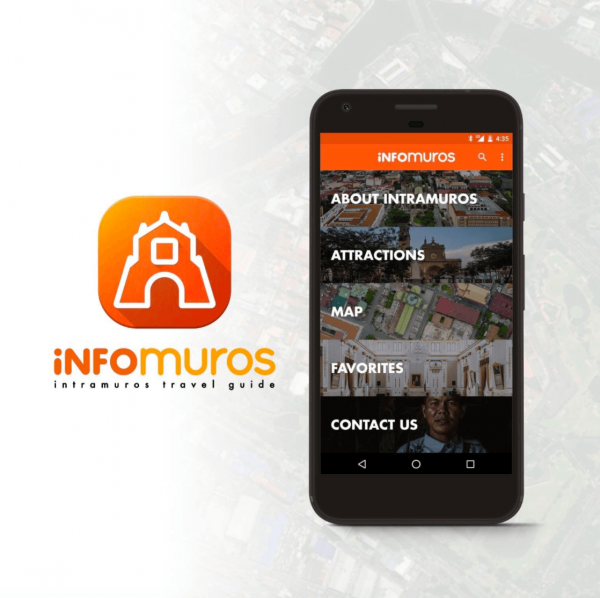
WIM: That’s cool. Are the photos and writeups written by you and your thesis group as well?
DG: Yes, all by us. We based the write-ups on the pamphlets of the Intramuros Administration.
WIM: What inspired you to create Infomuros?
DG: To be honest, this is for our thesis kasi. But as we prepared for this project, we realized that this would be helpful not just to the tourists, but also to the tourism industry of Intramuros. We want it to be recognized by people. There’s so much to see in the place. We want to maximize the experience din of the tourists while inside the place, and so they can make plans na rin.
Thank you so much for spending today with us @_mickey13 ! 🇵🇭 https://t.co/CnfehAa5VM
— Infomuros (@InfomurosApp) July 28, 2017
#ExperiencethePhilippines Culture Tuesday: San Agustin choir loft renovated after 400 yrs "wear & tear" #MorefunIntramuros 📷: @Intramuros pic.twitter.com/Xlqmd8LgB0
— Philippine Embassy in the USA (@philippinesusa) July 25, 2017
WIM: Did you and your thesis group take charge of the layouts and all that, or did a programmer or app creator do all that for you?
DG: The layout of the app and design, my thesis mate did it. We hired students from the College of Computer Studies to do the programming. For the pamphlet, the illustrations were created by an alumna from Benilde (DLS-CSB).
WIM: Have you tried navigating around Intramuros with your app? Have others tried it as well? How was the feedback?
DG: Yes. We did pre-testing last Thursday to Saturday. We let tourists use the app. Everything’s okay naman. Aside from the Waze-like map, it worked but there were glitches and bugs. We’ll be asking the developers to fix it nonetheless.
WIM: After your thesis defense, are you planning to keep the app up and running, and add more features after your defense? (Note: as of writing, the thesis had not been defended yet as the deadline of the completed final output will be today, 1 August.)
DG: The defense would be on August 15. We plan to keep the app up and to put it in the Apple Store as well. There are actually three translations: English, Filipino and Korean. According to the administration, the Koreans have the largest population of international tourists (which drew our decision to add Korean other than our two widely spoken languages.)
WIM: What do you see for Infomuros?
DG: Just like what a lot of people would suggest, Infomuros would be available in Apple products, too. Restaurants and other food establishments will be added. We also plan to launch it after our defense. I hope people would use it! It’s really helpful and convenient to tourists. 🙂
Infomuros
Facebook Page | Twitter | Website
What do you think of this story? Would you like to try out Infomuros? Download the app via Google Playstore here!
Disclaimer: WheninManila.com does not own the photos here. Photo credits go to Infomuros, Dustine Gavino and Lia San Mateo.
———
Author’s note: Ms. Gavino would wish to acknowledge the following people for making this app possible:
Thesis group (Dustine Mae Gaviño, Sophiya Misha Salud, Kyle Peter Gabriel Sy)
Thesis mentor: Mr. Jake Ruiz
Developers: Chino Tapales and Randolph Yu
Illustrator: Jona Bisuna
Drone shots: Mr. Erwin Dematera

